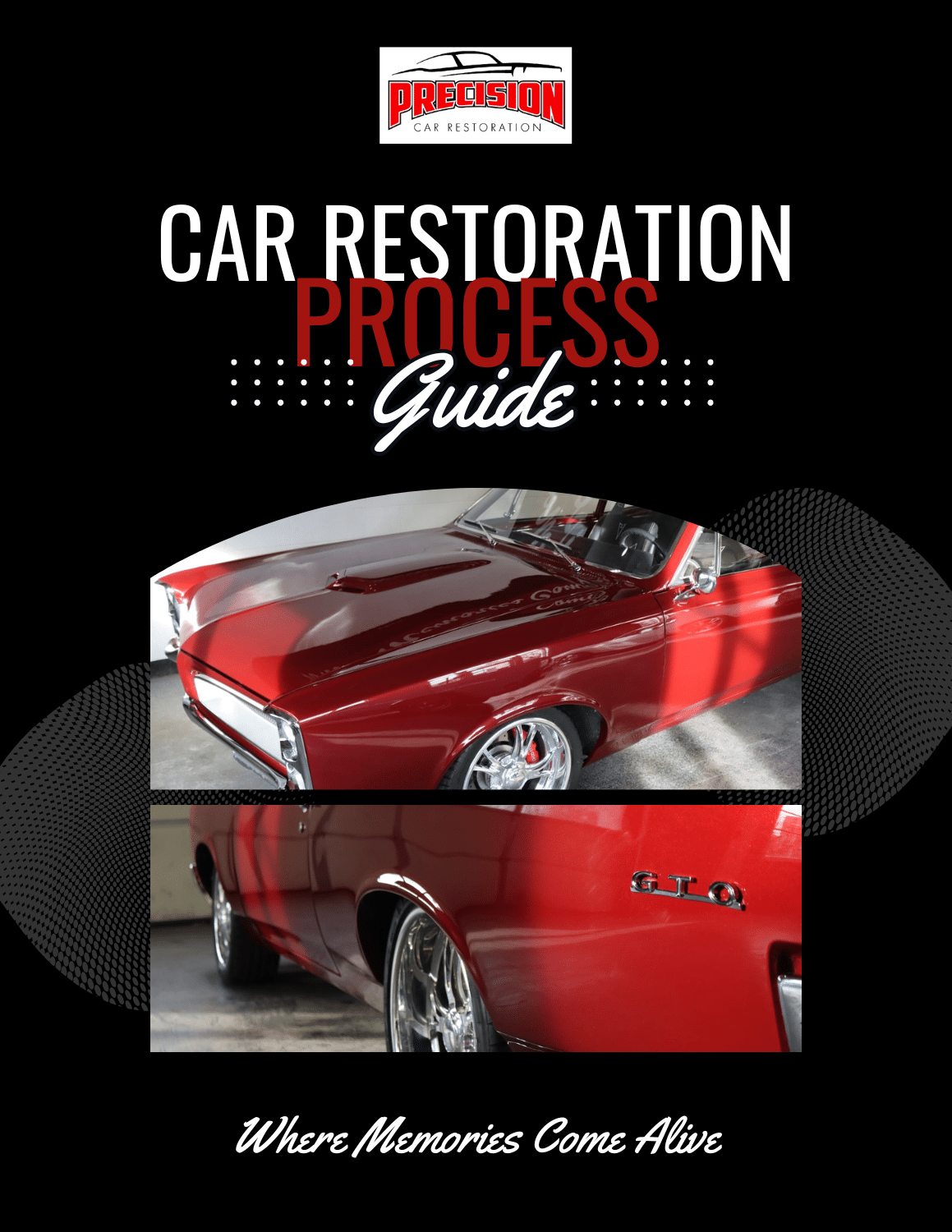Thinking about changing colors – What to consider.
Choosing a paint color for you restoration can be quite a struggle. With subtle differences from one color to the next, finding that perfect color takes a little bit of patience and home work. These are a few tips to help you choose what fits, what looks good, and what will ultimately make you happy.
The first place to start is the original color. Depending on how you plan to restore you ride, you should at least consider the original color. Many older vehicles have an identification tag or plate that will give you information about the original color. When you can’t find this information, you will need a visual reference. Even an old rusty car may have some of the original paint under a bolt or a piece of trim, but the best reference needs to be on the body its self. Bolt on parts like doors and fenders are easily replaceable, and may have been replaced throughout its life. Using the body shell is your safest bet when it comes to discovering your original color.


When deciding on the original color, the first thing to consider is how original you plan to keep the car. If you have an all numbers matching Super Sport Chevelle, it may not be the best decision to change colors. On the other had if you have a 6 cylinder Malibu, and plan make some significant changes to the drive train and interior, changing colors wouldn’t be a big deal.
Varying from the original color may cause additional work that may not have been considered. To properly change colors, door jams, engine compartments, and even the insides of quarter panels in the truck need to be painted. For this to happen, panels need to be removed, and proper prep work need to be done to ensure the paint in the jambs holds up as long as the exterior. The goal with a color change is to completely eliminate any signs of the old color, whether it’s around bolt heads , on hinges, or even in the interior, a color change needs to be complete for things to look correct.


When changing from the original color, I always try to use a color from within the same era. Using color charts from the same year make and model is a good reference point. Finding what alternative colors could have been used on the car from the factory.
The next step to take is finding colors from different makes and models from around the same time frame. Your color can still be era correct, but may not be a specific color designated to that car. The older color chip books can usually be found at a local paint distributor.


Another place to look for your new color is on the new and used car lots. Take a stroll through a dealership finding what catches your eye. Take down the year, make, and model, if you know where to look a paint code is always helpful.
After you have come up with your ideas, have your restoration shop mix and spray you samples. We paint individual 4” x 6” cards for samples. These cards can be compared side by side, tilted and turned, and looked at in the sun and shade to give you comparisons from one color or shade to the next.
Overall a color change is up to your individual taste. There’s no reason you should go through the steps of restoration or paint job and not get what you want. This biggest thing to do is rely on the opinions of the paint professionals, and make sure you eliminate what you don’t like before you decide on what you like. A paint color is about personal opinion, so get what you want.




